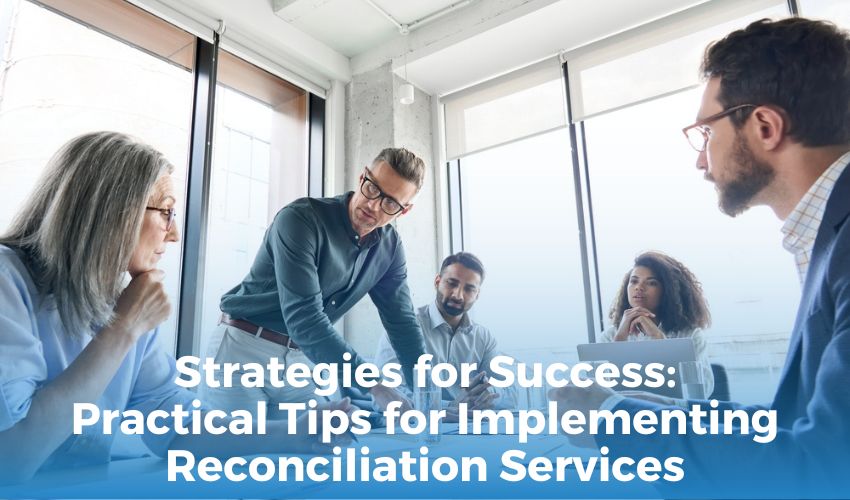

02-02-24
Our world is becoming more discordant every day, making the need for effective reconciliation services ever more evident. From personal to community and international levels, fostering understanding and healing rifts is crucial to creating an atmosphere of harmony. In this blog post we'll look at practical tips and strategies for successfully implementing reconciliation services, as well as key components contributing to their effectiveness.
Understanding Context:
Before delving into specific strategies for reconciliation services in the USA, it's crucial to understand their context. Each conflict is distinct due to cultural, historical, and social influences; therefore, tailored reconciliation services must take account of every nuance unique to each situation. Acknowledging and respecting complexity is key to successful implementation.
Promoting Open Communication:
Effective communication is at the center of any successful reconciliation process. Encouraging open dialogue among parties involved allows them to express emotions, grievances, and perspectives freely, while creating safe spaces for communication ensures individuals feel heard and understood, creating an atmosphere conducive to reconciliation.
Cultural Sensitivity and Competence:
When providing reconciliation services, cultural sensitivity and competency play an essential role. Gaining an understanding of each party involved's cultural background helps avoid potential pitfalls while assuring interventions are respectful and inclusive. Training facilitators on cultural competency equips them to approach reconciliation with sensitivity while understanding diverse perspectives.
Building Trust Through Transparency:
Trust can be easily broken during conflicts. Rebuilding it takes transparency and consistency, including clearly outlining goals, processes, and expected outcomes of reconciliation services to increase participant trust among participants, thus creating the environment necessary for constructive dialogue and collaboration to thrive.
Integrating Mediation and Facilitation Techniques:
Trained mediators and facilitators play a vital role in reconciliation services in USa processes, leading discussions, managing conflicts, and helping parties find common ground. By investing in training and developing skilled facilitators for reconciliation services, more efficient services are offered and provide a structured yet supportive environment for resolution.
Education and Awareness Programs:
Misinformation often contributes to conflicts. Educational programs designed to raise awareness about the root causes of conflicts, historical context, and consequences can open the way to empathy and understanding between communities, while knowledge equips individuals to challenge preconceptions and take an active part in reconciliation efforts.
Emphasizing Restorative Justice:
Restorative justice seeks to repair harm caused by conflict and create an atmosphere of accountability, encouraging offenders to reflect upon the effects of their actions and take responsibility for restitution. Implementing restorative justice principles into reconciliation services helps move the focus from punishment toward healing relationships and rebuilding them.
Create incentives for cooperation:
Incentivization can be an invaluable asset when it comes to reconciliation efforts. Offering tangible benefits of cooperation in exchange for full participation encourages all parties involved to fully embrace the process; this may include economic or community development projects as rewards that align with the goals of reconciliation.
Long-Term Commitment:
A successful reconciliation does not happen overnight. A commitment to long-term reconciliation services ensures positive results are sustained over time through support systems, follow-up mechanisms, and ongoing dialogue.
Conclusion:
Implementing reconciliation services in the United States requires a multifaceted approach that considers the unique aspects of every conflict. Through open communication, cultural sensitivity, trust-building strategies, and other key strategies, reconciliation efforts can pave the way toward long-lasting peace and understanding between communities and nations. As communities and nations face these difficult challenges of reconciliation together, this blog's practical tips offer a roadmap towards effective conflict resolution and harmonious relationships for individuals and organizations alike.
Tags : Reconciliation Services provider,Reconciliation Services in usa













































.jpg)
.jpg)
.jpg)
.jpg)


).jpg)














 Get A Quote
Get A Quote
Leave A Comment